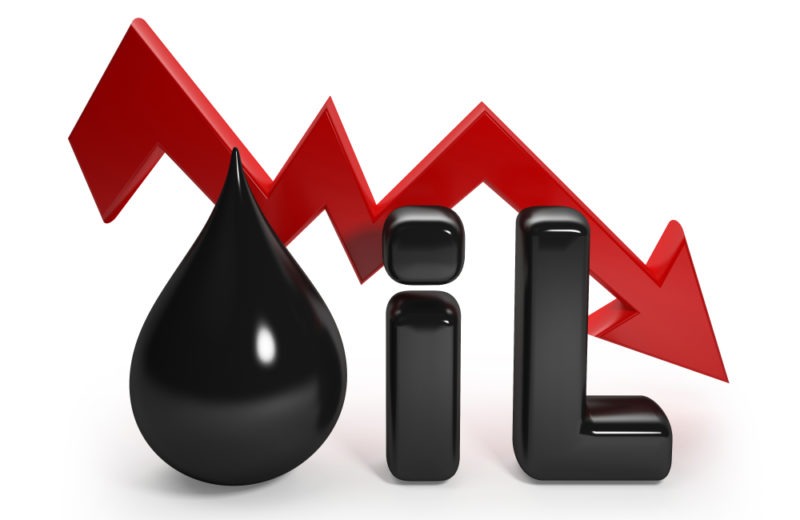The oil market experienced a modest uptick as ICE Brent settled slightly over 0.4% higher. However, this data has also heightened the probability of further rate hikes by the Federal Reserve. It is expected to create resistance to significant increases in commodity finances. The anticipation of additional rate hikes has been a contributing factor in capping the market’s upside potential. At the same time, the belief in OPEC+ taking action to address any substantial weakness provides a market floor. Consequently, the oil market remains rangebound.
In the ARA region, gasoil inventories showed a notable decline of 35kt in the past week, reaching the lowest level since December and now standing approximately 300kt below the 5-year average for this time of year. This tightening supply situation has been a driving force behind the support for middle distillates, with the ICE gasoil crack hovering around the US$20/bbl mark. Although refinery outages have played a role in this tightness, the return of these refiners, the gradual increase in new capacity throughout the second half of 2023, and concerns regarding demand suggest limited potential for further upside.
Today, China is set to release PMI data, with expectations leaning toward another month of contraction in the manufacturing PMI. Such weak data is likely to have a negative impact on commodity finance, particularly the metals complex.
Zinc and Lead Commodity Swap, Global Corn Output Revised Downwards
Metals See Increase in On-Warrant Stocks, IGC Adjusts Corn Output Estimates
Recent data from the London Metal Exchange (LME) reveals that on-warrant stocks for lead have risen by 1,075 tonnes, reaching 41,225 tonnes, the highest level since February 2022. The majority of these additions originated from warehouses in Port Klang, Malaysia. In the case of zinc, on-warrant stocks have climbed by 2,625 tonnes, now totalling 68,350 tonnes.
Meanwhile, the International Grains Council (IGC) has revised its global corn output forecasts for 2023/24, lowering estimates from 1,217 million tonnes to 1,211 million tonnes. Consumption projections have also decreased, heading toward 1,205 million tonnes instead of the previous forecast of 1,211 million tonnes. Weaker consumption forecasts have led to an increase in global corn ending stocks, projected to rise from 272 million tonnes to 276 million tonnes. As for wheat, the council has adjusted global ending stock estimates downward from 271 million tonnes to 264 million tonnes, despite a slight increase in output forecasts. The reduction in stocks correlates to expectations of stronger demand.
















